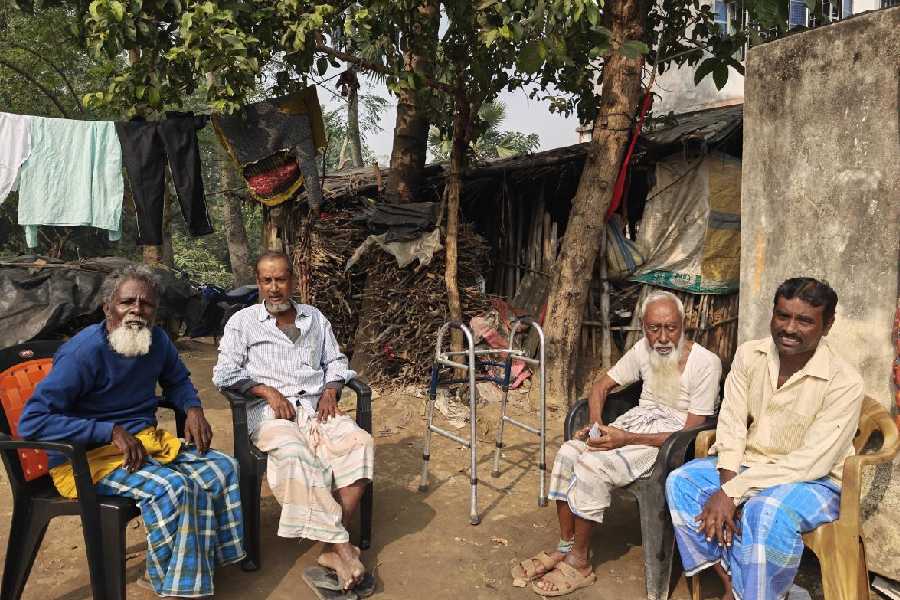Jharkhand had a disappointing August monsoon month after surplus rain in June and July.
Rain statistics revealed that August, the third monsoon month, ended with a four per cent rain deficit.
Against normal rainfall of 820mm, Jharkhand actually recorded 787.3 mm of rain till August end, a deficit of four per cent
August, the third month of the monsoon season, did see frequent downpours, but the rainfall was not enough to make up the deficit.
Data revealed that last year in 2020 too, August ended with a deficit rain of 8 per cent.
As many as 10 districts including Chatra, Garhwa, Simdega, Khunti and West Singhbhum figured in the rain loss list till August 31 while the rest 14 districts including Ranchi, Hazaribagh and East Singhbhum figured in rain gainers list.
According to statistics, Daltonganj received the third highest rainfall of this decade (2012-2021) in the month of August.
On August 1, the Palamau headquarters experienced the highest rainfall of 116.5 mm.
Weathermen explained that the absence of a strong system over Bay of Bengal had resulted in less rainfall through August this year.
"Shifting of the monsoon trough towards the foothills of Himalayas in frequent intervals is also another reason for less rainfall activity over the state in the month of August," explained Abhishek Anand, head of Ranchi Meteorological Centre.
Data suggests that several districts of Jharkhand had received below normal showers in August after a very good spell in June and July.
The Regional Meteorological Centre at Alipore, Calcutta, has held out hope for Jharkhand.
"The deficit was not worrying. The rainfall in September, the last monsoon month, would help the state recover the deficit, "said a duty officer.
Satellite pictures indicated that the monsoon trough line had descended to lower layers of the atmosphere and this is expected to trigger widespread rain in the second week of September.










